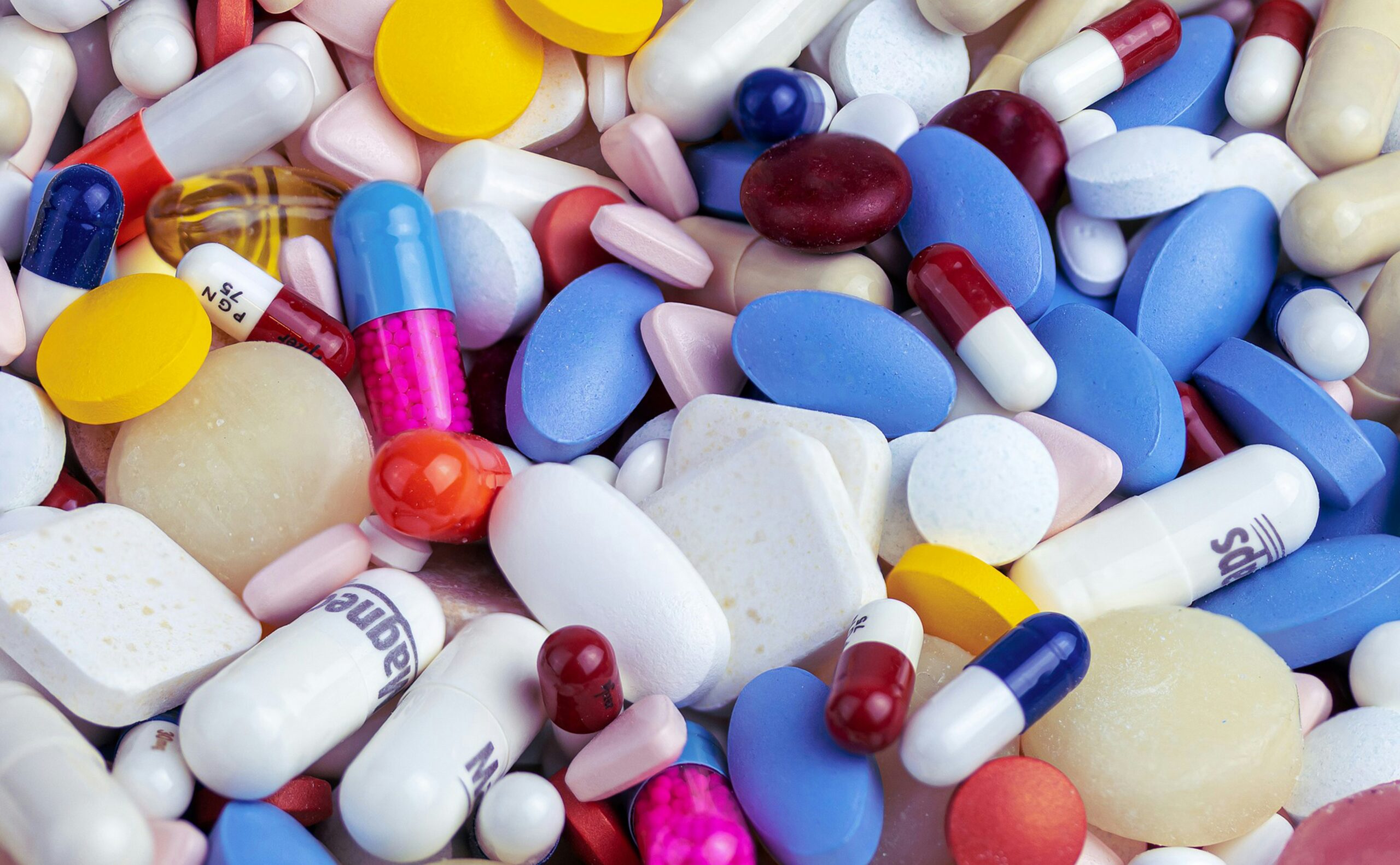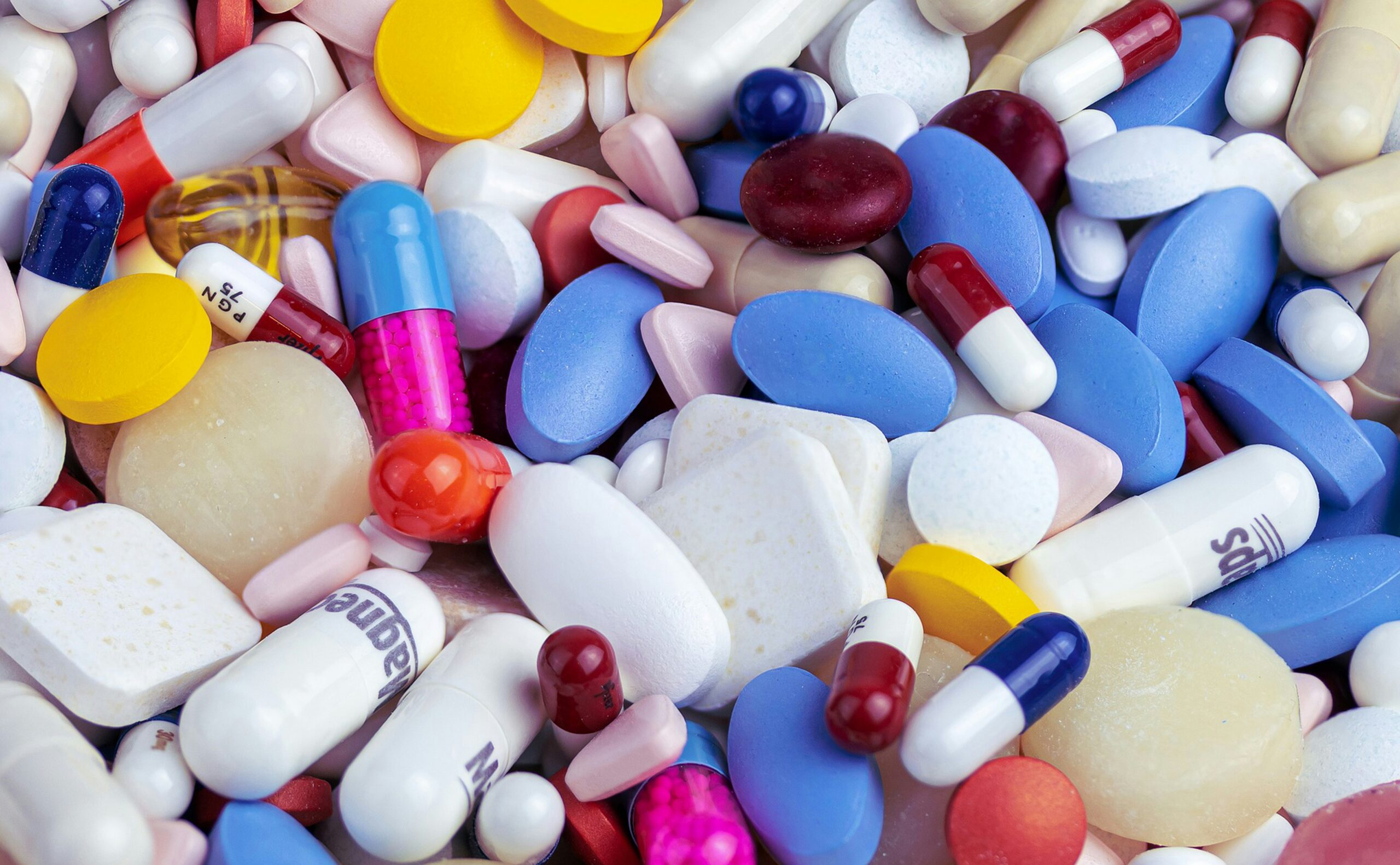
Introduction to Medicine Tablets and Capsules
Medicine tablets and capsules are among the most common forms of pharmaceutical preparations used globally. These forms of medication serve a crucial role in treating various diseases, alleviating pain, and enhancing overall health and well-being. Both tablets and capsules deliver active ingredients to the body, but their compositions, manufacturing processes, and common usages distinguish them significantly.
Tablets are solid doses of medication that are created by compressing powdered active ingredients along with various excipients, which are inactive substances that aid in the delivery and stability of the drug. Tablets can be manufactured in various shapes, sizes, and even with coatings to control the release rate of the medication, enhance appearance, or protect the drug from stomach acids.
Capsules, on the other hand, consist of a gelatin or vegetarian-based shell that encases the active ingredients and excipients in either liquid, powder, or gel form. Capsules are often preferred for drugs that have strong or unpleasant tastes, as the shell masks the flavor and odor until it dissolves in the digestive tract. Capsules may also facilitate a faster release of the active ingredient into the bloodstream compared to tablets.
One crucial concept in understanding how these medications work is bioavailability. Bioavailability refers to the portion of the active ingredient that reaches the bloodstream and becomes available to exert its therapeutic effects. Various factors influence bioavailability, including the drug’s formulation, the digestive process, and the route of administration. For instance, tablets with special coatings might be designed to dissolve at a specific site within the gastrointestinal tract to enhance bioavailability, whereas some capsule formulations might allow for quicker absorption.
Understanding the differences between tablets and capsules, including their purposes and mechanisms, provides a foundational insight into their role in modern medicine. Proper usage of these medications, guided by healthcare professionals, ensures that patients receive optimal therapeutic outcomes.
The Journey of Medicine Through the Digestive System
The journey of medicine tablets and capsules through the human digestive system begins once they are ingested. Initially, the medicine travels down the esophagus, propelled by a series of coordinated muscle contractions known as peristalsis. Upon reaching the stomach, the tablets or capsules encounter a highly acidic environment, which plays a crucial role in their disintegration.
In the stomach, the gastric acid and digestive enzymes start breaking down the outer layer of the medicine. This process can vary depending on whether the medicine is designed for immediate release or extended release. Immediate-release tablets dissolve quickly, allowing the active ingredients to be released almost instantaneously. In contrast, extended-release capsules are engineered to disintegrate gradually, providing a sustained release of the medication over time.
Once the initial breakdown occurs in the stomach, the partially digested tablet or capsule moves into the small intestine. This part of the digestive system is crucial for nutrient absorption and also plays a significant role in the assimilation of medications. The small intestine secretes its own digestive enzymes and works with bile from the liver to further break down the medicine. The most critical phase of this journey occurs when the active ingredients are absorbed through the intestinal walls.
The walls of the small intestine are lined with tiny, hair-like structures called villi and microvilli, which significantly increase the surface area available for absorption. As the medicine passes through, these structures allow the active ingredients to enter the bloodstream. From here, the bloodstream transports the medication to various parts of the body, where it can begin to exert its therapeutic effect. Factors such as the solubility and chemical stability of the active ingredients can influence how efficiently this absorption occurs.
Mechanisms of Action within the Body
The therapeutic effects of medicine tablets and capsules are orchestrated through intricate mechanisms that involve the body’s biological systems. Upon ingestion, these drugs dissolve and release active ingredients that exert their effects by various modes of action such as enzyme inhibition, receptor binding, and cell signaling.
One prime example is painkillers like ibuprofen, which inhibit the enzyme cyclooxygenase (COX). COX plays a crucial role in the formation of prostaglandins, compounds that contribute to inflammation and pain. By blocking this enzyme, pain signals to the brain are diminished, providing relief. Similarly, antibiotics such as penicillin function by targeting the bacterial cell wall, disrupting its synthesis, and ultimately causing bacterial death.
Receptor binding is another prominent mode of action observed in drugs such as antihypertensives. For instance, beta-blockers bind to beta-adrenergic receptors, inhibiting the effects of adrenaline. This leads to a decrease in heart rate and relaxation of blood vessels, thereby lowering blood pressure.
Cell signaling pathways are also vital targets; antihypertensive medications frequently influence these pathways to achieve therapeutic outcomes. Angiotensin-converting enzyme (ACE) inhibitors are a class of antihypertensives that block the conversion of angiotensin I to angiotensin II, a potent vasoconstrictor. This action causes blood vessels to relax and expand, reducing blood pressure.
Each medication operates within a specific therapeutic window, which denotes the concentration range within which the drug is effective without being toxic. When drugs fall outside this window, either ineffective low doses or harmful high doses can occur. Understanding this balance is essential for ensuring both efficacy and safety.
However, it is important to acknowledge that the same mechanisms that facilitate therapeutic effects can also mediate side effects. Non-selective drugs might affect similar receptors or enzymes in unintended tissues, leading to adverse effects. For example, non-steroidal anti-inflammatory drugs (NSAIDs), while providing pain relief, can also irritate the stomach lining, leading to gastrointestinal issues.
Efforts to refine drug design continually aim to enhance selectivity and therapeutic margins, thereby improving patient outcomes while minimizing adverse effects. By understanding these mechanisms, better treatment regimens can be developed, bringing us closer to the goal of precise and personalized medicine.
Metabolism and Elimination of Medication
After a medication tablet or capsule exerts its intended therapeutic effects, it undergoes a meticulous process of metabolism to transform the active ingredients into forms that can be more easily eliminated from the body. This process primarily occurs in the liver through a series of biochemical reactions. Enzymes in the liver, most notably those from the cytochrome P450 family, play a pivotal role in metabolizing drugs into less active or inactive metabolites.
The concept of drug half-life is crucial in understanding how long a drug stays active within the bloodstream. The half-life is defined as the time required for the concentration of the drug in the bloodstream to reduce by 50%. This duration varies significantly among different medications and can be influenced by factors such as age, liver function, and the presence of other medical conditions. A shorter half-life generally necessitates more frequent dosing, whereas a longer half-life allows for extended intervals between doses.
Elimination of the drug and its metabolites occurs through various excretory pathways. The kidneys are primarily responsible for filtering metabolites out of the bloodstream and expelling them through urine. In addition to renal elimination, the liver can excrete drug metabolites into bile, which are then passed into the intestines and eliminated via feces. For some medications, especially those consumed as gases or volatile compounds, the lungs may serve as an elimination route via exhalation.
Special populations, such as the elderly and individuals with liver or kidney disease, require careful consideration during medication administration. Aging can reduce the efficiency of liver enzymes and kidney function, altering drug metabolism and elimination rates. These variations can lead to either sub-therapeutic effects or potentially harmful accumulations of the drug. Similarly, drug interactions can influence metabolism, either by inhibiting or accelerating the metabolic pathways, necessitating adjustments in dosing regimens or increased monitoring by healthcare professionals.

